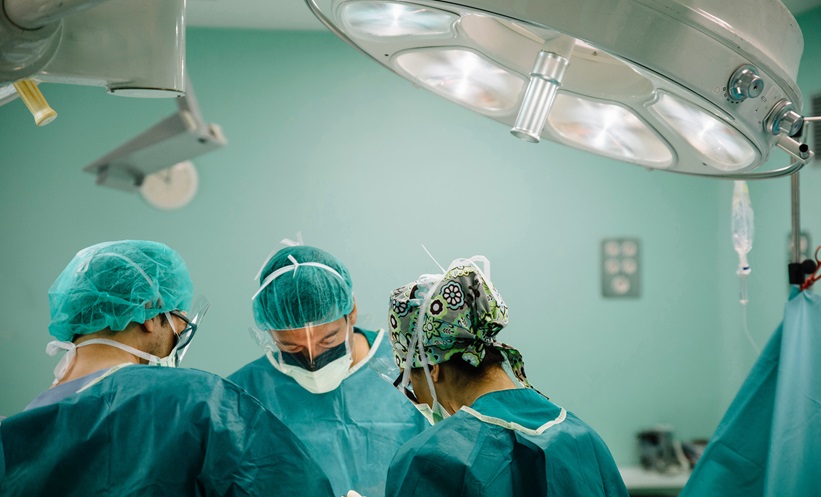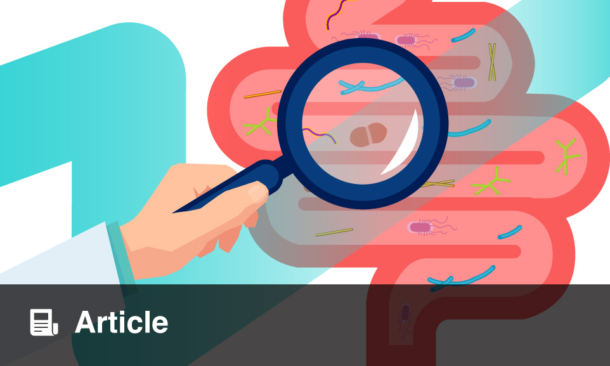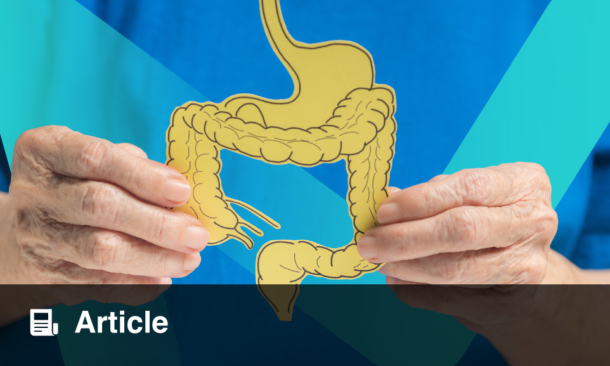Author: Evan Kimber, EMJ, London
Citation: EMJ Gastroenterol. 2023;12[1]:17-19. DOI/10.33590/emjgastroenterol/10301023. https://doi.org/10.33590/emjgastroenterol/10301023.
![]()
MACHINE LEARNING-BASED APPROACHES TO DIGESTIVE DISEASES
The human microbiome was integral to the presentation delivered by Edoardo Pasolli, University of Naples Federico II, Italy. Although he focused on the bacterial composition of the gut, many of the components discussed have applications across wider aspects of gastroenterology. Pasolli gave an overview of the shotgun metagenomics workflow that is central to much of his work, running through the steps involved in profiling the microbiome. From a data analysis perspective, the main steps involved in producing a complete catalogue are data acquisition, sequence analysis, post-processing, and validation. Building large microbial genome catalogues is a topic at the forefront of this field, and multiple ongoing efforts to drive this initiative were referenced in his talk. In one study that compared Westernised and non-Westernised lifestyles, where Pasolli was the lead investigator, the researchers were able to reconstruct 154,723 genomes from 9,428 metagenomes, identifying 4,930 species, of which 77% were newly discovered.
Large-scale applications of work such as this can be seen in the emerging integrative approaches employed by human, environmental, animal, and food classifications. Progressing to discuss strain-resolved metagenomics, Pasolli drew attention to the challenges we experience when applying this sequencing tool from a computational perspective. Difficulties arise with the strain identification, tracking, and functional characterisation steps involved in this process.
The final product of this biological and clinical interpretation, is biomarker discovery, and receiving microbiome-based prediction tools. Pasolli shared data from recent research that has been completed, combining multiple cohorts in an attempt to generalise prediction capabilities, and detect biomarkers across populations.
ARTIFICIAL INTELLIGENCE IN ENDOSCOPY
Acknowledging that the use of AI in endoscopy is no longer a novel technology. Yuichi Mori, University of Oslo, Norway, and Showa University, Japan, began his section by explaining that he would focus on the very latest updates in this field. He delivered a clinical perspective and focused on the applications of AI in clinical practice, centring on colonoscopy, and upper gastrointestinal endoscopy.
Computer-aided detection and computer-aided diagnosis are the main applications for AI in colonoscopy, and Mori urged clinicians to understand the pros and cons of using these technologies in patient care. He highlighted the importance of maintaining a high adenoma detection rate (ADR) when issuing treatment to patients, focusing his talk on some of the difficulties doctors are faced with in achieving this. Describing a meta-analysis he was involved with, which compared ADR in screening colonoscopies with and without AI, Mori stated, “there is a huge benefit of using AI in terms of incremental ADR,” supported by the 24% increased detection rate discovered in this study. He did, however, also present contrasting results from trials that did not agree, highlighting the importance of taking different perspectives on the effectiveness of AI. “This type of data can’t be ignored,” Mori explained, and hinted at a requirement for future research: “We need a clinical trial which is focused on a more rigid end-point, such as cancer incidence.” Turning to computer-aided diagnosis, similarly, the key message from this field was the lack of existing evidence on AI as a diagnostic tool, and our need for more studies revealing effectiveness.
Similar themes were presented on the use of AI in upper gastrointestinal endoscopy, which is another exciting, emerging field that is not exempt from challenges. Much of the work being done in this field is preliminary, and is yet to receive regulatory approval. Nonetheless, Mori highlighted devices which are ready for use in clinical practice; cloud-based computing is an initiative that is assisting diagnosis of conditions such as Barrett’s neoplasia, gastric cancer, and oesophageal squamous cell carcinoma. The scarcity of data on the effectiveness of different approaches is a familiar barrier in this specialty at present.
Mori concluded with discussion of the randomised control trials of AI in both gastroscopy and colonoscopy, addressing the existing limitations with data. Currently, certain establishments are leading the way and producing multiple encouraging studies, but these are in desperate need of support from other institutions to be confirmed on a wider scale.
IMAGE-GUIDED SURGERY TECHNIQUES
Optical imaging surgery is the new normal for surgeons, and has made life far easier in everyday practice. Al-Taher began by emphasising this, and the knock-on benefits experienced by patients as a result of the rise in robotic aspects to medical procedures. He highlighted the paradigm shift that has taken place, substituting open for laparoscopic surgery. Where this minimally invasive approach has its advantages, Al-Taher underscored how the advances in current technology are working to restore the tactile feedback associated with performing surgery historically. “Improving the surgical eye, the surgical hand, and the surgical brain,” was how he described the benefits of new augmented surgeries.
Three of the most promising techniques, already in use, were spotlighted in a section titled ‘seeing the invisible’: fluorescence imaging, hyperspectral imaging, and laser speckle contrast imaging. Al-Taher guided the audience through each of these, and provided insight on how they are helpful tools for clinicians, both in real-time and predictively.
CONCLUSIONS
Presentations in this session provided visual, and directly applicable learnings for doctors to incorporate into their own practice. Consistently throughout this symposium, the speakers emphasised that this is no longer a novel field, and that only the latest updates were being shared. Gastroenterologists were encouraged to go away and think hard about the way they are using technology, as more and more devices continue to appear, requiring confirmation in research on a large scale.







